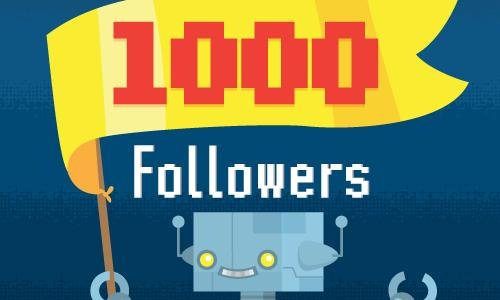Unlock The Secrets Of Selling High Ticket Items

-
Ibrahim Hemdan
-
مايو 29, 2024
-
2,526
How much did I vary my approach? Less than you might think. I started with five thoughts.
1.I had to explain how it was different and better. So I explained how the two engines (rather than three or four) made it more economical.
2. I had to overcome objections. So I explained how these engines were just as safe — you could land with just one functioning.
3. I had to remember that people would be buying it. So I went about appealing to human emotions.
4. I had to remember that there would be many decision-makers. So I bore that in mind in my copy.
5. I had to remember decisions on expensive purchases take a long time. You don’t get up one morning and say “I think I’ll buy an Airbus”. So I didn’t say “buy now while stocks last”.

So, yes, high-ticket items are indeed different. But you are still just selling. Just use common sense and adapt your approach to how people buy — the process.
Besides the fact that you often have several decision-makers, and that they all have different motivations which you must address with differing messages, there is one very significant difference.

Long copy or short?
- Good, long copy almost invariably beats short copy, anyhow. But this is particularly true when things cost a lot.
- Their sales process began with a one-page letter. So I rewrote it. When I had finished, it was four pages long.
- Here’s the rub though: they said they wouldn’t send it out as “nobody will read a four-page letter”. But we persevered, and they reluctantly agreed to send it.
- The result? Response tripled and sales doubled. You see, when you are asking people to spend substantial amounts, their neck is on the line – they’d read a book on the subject if they could find one.

Use individual sales points intelligently
1. Write a letter or email/landing page that encompasses all the points. If you miss any one out, you are missing a potential sale from readers who might be motivated by it.
2. Make sure you overcome all reasonable objections and fears. Again, any one omitted can lose you a sale.
3. Break the individual topics down into a logical sequence, then use them as the openings to a series of helpful messages to prospects. These can be letters, White Papers — whatever.










